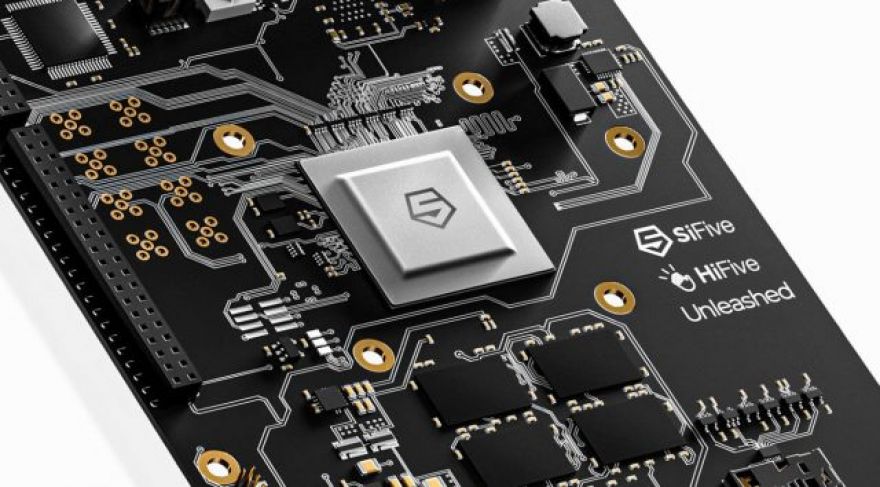
Rumor: Intel May Buy RISC-V CPU Designer SiFive to Fend off ARM
Intel is rumored to have made a $2.1B offer for RISC-V chip designer SiFive. SiFive is not a chip manufacturer itself. Somewhat like ARM, it designs CPUs for market and then sells those designs to others. We’ve covered of the company’s development boards in the last few years as RISC-V has .
Intel has previously invested in SiFive, and Intel told the press that it was working to be able to build RISC-V CPUs for customers as part of its overall foundry effort. The talks are said to be in the early stages and nothing has been finalized.
Purchasing RISC-V would give Intel a substantial stake in a rapidly expanding market. Most of the companies currently known to be developing RISC-V CPUs are deploying them in low-performance and low-power scenarios, but SiFive has been working on faster CPUs for several years.
Intel buying SiFive would not change the fact that the RISC-V ISA is open source or stop other companies from building their own RISC-V CPUs. The last thing Intel would want to do is step on the nascent ecosystem. Intel is currently investing heavily in expanding its own manufacturing capacity. It needs customers to fill those fabs. Yes, Intel has announced that it will allow companies to license x86 CPU designs going forward, but the details of that program are still murky.
When AMD packed a quad-core 14nm Ryzen into just 44mm2, it was news. The SiFive U84 packs a quad-core into just 2.63mm2, and according to SiFive, most of that is the L2 cache. The two chips have little in common in terms of performance — but the SiFive CPU is minuscule by comparison
SiFive is a growing company in a hot market at a time when RISC-V is getting some attention. I’ve heard from several sources that Nvidia’s potential purchase of ARM has companies looking to hedge their bets. It’s much easier to pivot to a new CPU architecture if you’ve laid the groundwork for it a year or three in advance.
Even if Intel decided to build RISC-V CPUs itself in addition to x86 CPUs, the move wouldn’t be unprecedented. While it’s been years since Intel seriously pursued a non-x86 ISA, the company has fielded non-x86 CPUs, including Itanium, StrongARM, i860, and i960. Exploring the various reasons why Intel’s non-x86 CPUs were not successful in-market would be an article in its own right, but the situation in the CPU market is quite different than it was 20-30 years ago.
It’s possible that Intel wants to position RISC-V and x86 as complementary architectures in specific markets, with RISC-V handling lower-power microcontrollers and products where x86 traditionally doesn’t reach. Depending on how you choose to read the tea leaves in the semiconductor market, you can see plenty of different arguments for why this deal makes sense for Intel. Historically, Intel’s non-x86 architectures have not been hugely successful, but Pat Gelsinger has made it clear that he’s kicking off a new era at the company. Serving as a client foundry is part of that plan, and SiFive comes with a small but growing customer base.
Now Read: